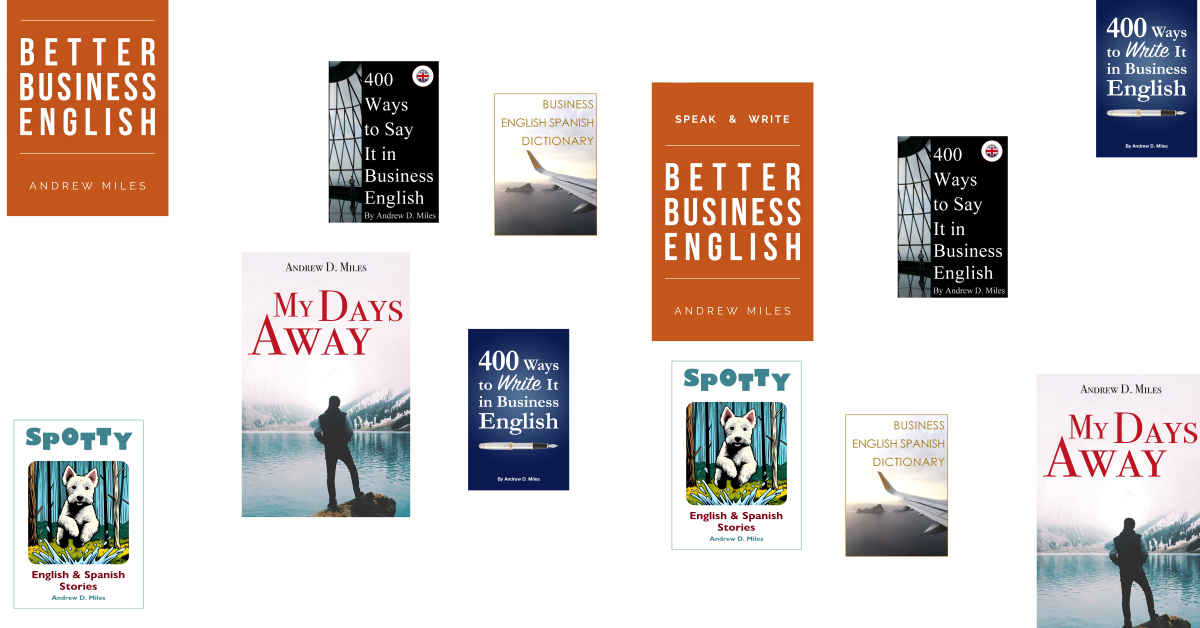When students ask me how they can speak better I generally tell them to check whether they remember basic rules. It’s an effective way to improve their English with little effort.
Learn how to read numbers—some can be tricky.
Check whether you remember the pronunciation of regular verbs in past (-ed).
What’s the difference between “still” and “yet” or “say” and “tell”?
Make sure you know how to call every letter in the alphabet—especially the ones in your name!
The present perfect is one of the more common tenses. When exactly do you apply it?
Review countable and uncountable nouns along with “little”, “few”, “much” and “many”.
Are you already used to using “used to”?Could you explain the difference between “so” and “such”?
Do you remember the rules for asking questions?
Which preposition goes with months? “In”, “at” or “on”? And with days?
What about the past of common irregular verbs?
Could you use comparative and superlative adjectives?
Can you tell the difference between “short” and “shortly” or “near” and “nearly”?
Do you remember the most common irregular plurals such as “foot/feet”, “crisis/crises” or “aircraft/aircraft”?
Can you write a sentence that includes verbs in past simple and continuous?
Do you know when to use “a,” “an,” or “the,” and when to omit them entirely?
Can you use common modal verbs like “can”, “could”, “should”, and “must”?
Could you explain when to use a verb ending in “-ing” (gerund) or “to + verb” (infinitive) after common verbs like “enjoy”, “want” or “need”?
Do you have a basic understanding of the typical order of adjectives before a noun (e.g., “a beautiful old red car”)?
Do you know the meaning and common usage of very frequent phrasal verbs like “turn on/off”, “look for” or “give up”?
Have a look at Andrew D. Miles’ books on how to improve your business English: www.andymiles.com

